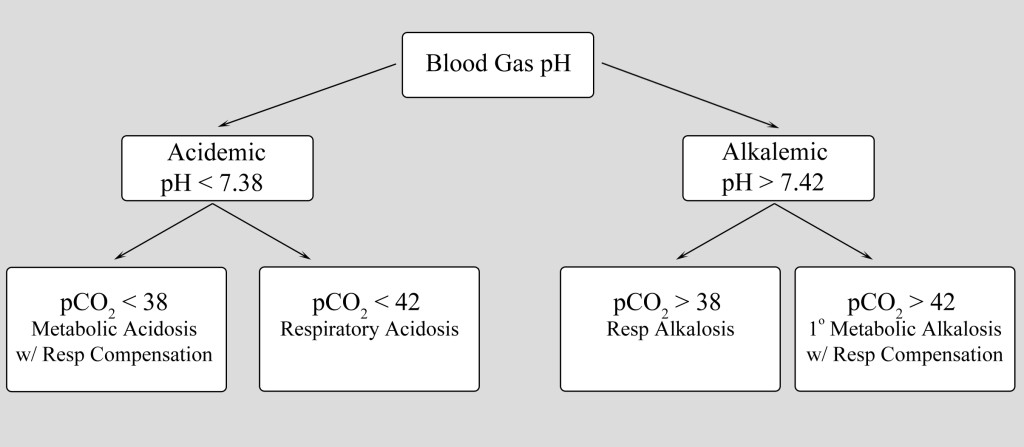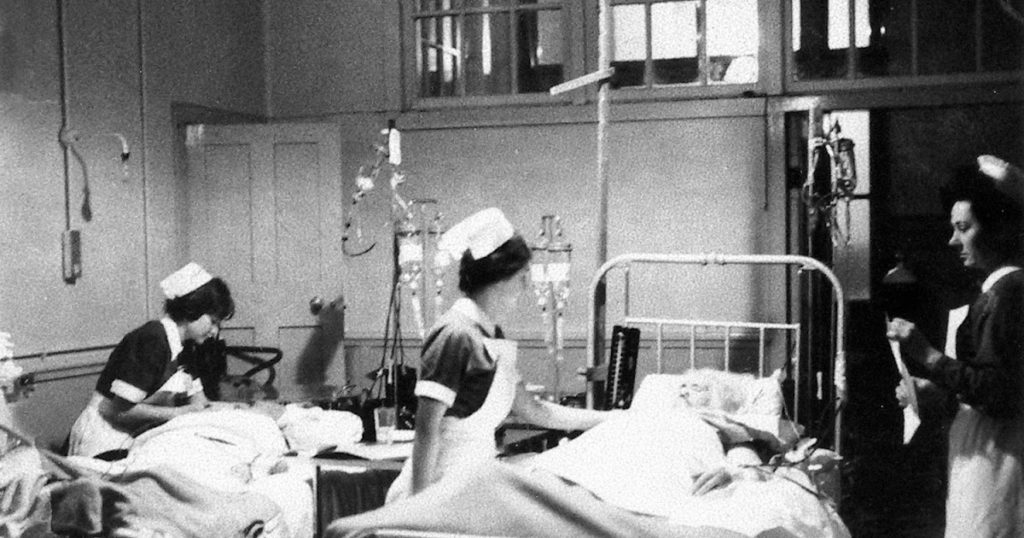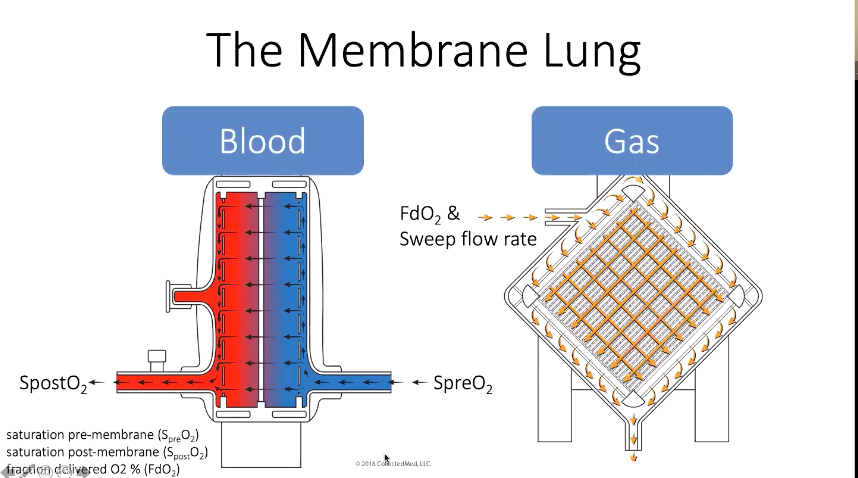We were fortunate to have Dr. Michael Chansky, Professor & Chair of Emergency Medicine at Cooper University Hospital and a member of the Master Educator’s Guild come down to the University of Maryland to teach about Acid-Base disorders. Dr. Chansky loves Acid-Base problems so much that he actually sleeps with this paper under his mattress… When you find someone as obsessed with acid-base dysequilebria as Dr. Chansky, you have no choice but to listen to him discuss the fundamentals of pH-ology and the evaluation and management of these patients.
Podcast: Play in new window | Download
Subscribe: Apple Podcasts | RSS
Michael Chansky – Acid Base Made Easy (handout)
Pearls
- Winter’s Formula: Used to determine whether respiratory compensation to metabolic ACIDOSIS is appropriate
- PCO2 = 1.5*[HCO3– ] + 8 +/- 2
- If the measured PCO2 is higher than the calculated value, there is also a primary respiratory acidosis.
- If the measured PCO2 is lower than the calculated value, there is also a primary respiratory alkalosis.
- Calculate an anion gap on every metabolic panel you order. There may be subtle disturbances that may initially make the electrolytes appear normal unless you look carefully!
- Look at the HCO3– on the Chem-7 panel, not on the blood gas. The blood gas HCO3– is calculated, not measured!
- A LOW anion gap is defined as <6. First step is to recheck the BMP. If real, consider multiple myeloma, hypercalcemia, hypermagnesemia, Waldenstrom’s macroglobulinemia, lithium ingestion, bromism, or hypoalbuminemia
- If you have a patient with elevated anion gap, but a near normal HCO3– , they have a mixed metabolic acidosis and metabolic alkalosis.
- Calculate the “delta-delta”: (measured AG – 10 “normal” AG)
- Add the delta-delta to the HCO3– to find their “bicarbonate equivalent”. This is the amount of excess plasma “acid”
- If the calculated value is > 25, there is a concomitant metabolic alkalosis
- Respiratory alkalosis is the earliest acid-base disturbance of shock – NOT a metabolic acidosis
- Alcoholic ketoacidosis requires volume and glucose to turn of the ketogenesis and acidosis. Their acidosis and gap will usually resolve relatively quickly (within hours), and can often be admitted to the floor if otherwise stable.
Acid-base evaluation requires PRACTICE – and lots of it. Remember,
“Don’t practice until you get it right. Practice until you can’t get it wrong”
Other Links & References
- The folks over at LifeInTheFastLane have created this great outline to Acid-Base Evaluation in their Critical Care Compendium.
- Dr. Scott Weingart’s 3 part series reviewing the SID method of acid-base interpretation:
- Thanks to the University of Maryland’s Dept of Emergency Medicine for sharing this lecture with us at MarylandCCProject.org!




